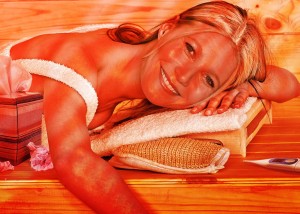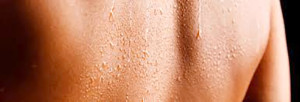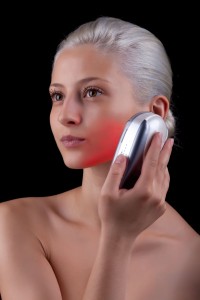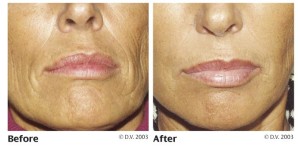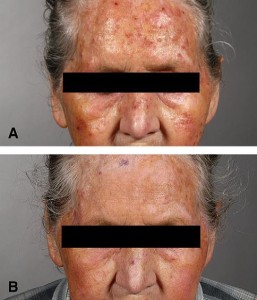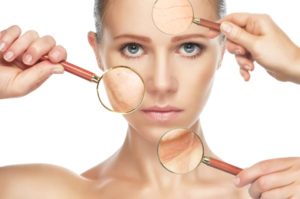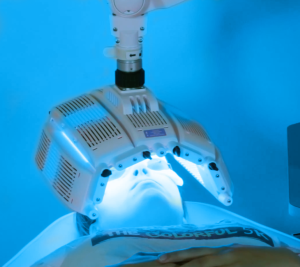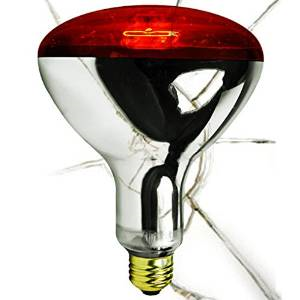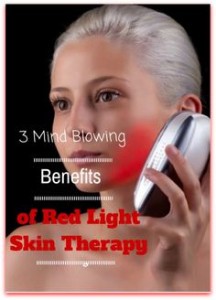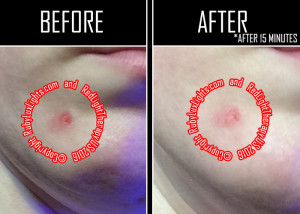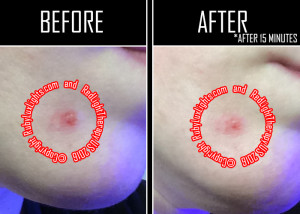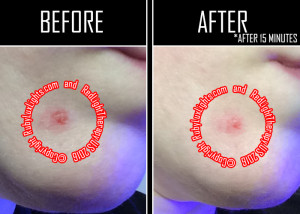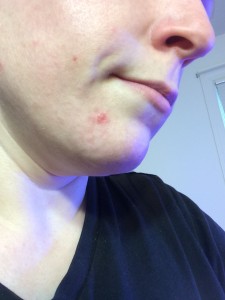While you may find many sauna benefits for your health, you may be wondering if they are completely safe. Like any powerful, effective treatment, infrared saunas are not entirely risk-free- especially if you choose the wrong type. Here I’m going to talk about infrared sauna dangers.
If you are healthy and follow proper safety procedures, the benefits of a sauna far outweigh the risks. Inform yourself and be sure to use common sense to avoid infrared sauna dangers.
Infrared Sauna Dangers for Children and Pets
The rules for adults and children using an infrared sauna are different. Here we are focusing on adult use.
As for pets, they do not belong in a sauna, ever. Never bring a dog, cat or other animal in a sauna. Their bodies do not have the same sweating system to cool them and they will overheat much faster. To be clear: infrared saunas dangers are very real for animals. Keep pets away from saunas of all types!
Summary of Infrared Sauna Dangers
#1: The biggest infrared sauna danger (which also applies to all types of saunas) is overheating, AKA heat exhaustion and heat stroke.
#2: The next biggest infrared sauna danger is dehydration. Although many people do not take dehydration seriously, they should. In a sauna you can lose a great deal of water through sweat.
#3: Depletion of minerals and electrolytes. Water and toxins aren’t the only thing you lose in a sauna. Your sweat will also contain electrolytes and minerals.
#4: Drunken sauna bathing. Infrared sauna dangers are hard to avoid when you’ve been drinking.
#5: Effects from toxins being mobilized in the body. See more info below.
#6: Infrared sauna dangers for those with inflammation and swelling from a new injury. If you have a new sprain, strain, injury, etc. you should avoid the infrared sauna for 24-48 hours to give your body time to recover. You will not speed up healing processes by using infrared light therapy or infrared saunas on a new, swollen and enflamed injury. You may even make it feel worse.
Overheating: The Biggest of the Infrared Sauna Dangers
No matter how healthy you are, overheating in an infrared sauna can happen to you. If you overdo it, you could end up with a heat-related illness. Take time to familiarize yourself with the signs of heat stroke and heat exhaustion. Always take care to heed the warnings your body is giving you. If you suspect you are overheating in an infrared sauna, get out of the sauna. Try to cool yourself down by taking a cool shower.
There are some who need to do long infrared sauna treatments fairly often- some up to an hour every day. These programs should be medically supervised.
It’s a good idea to keep a thermometer available near your infrared sauna so you can monitor your temperature as needed.
Burns: Infrared Sauna Dangers
When using any sauna, the heating element has to be extremely hot to heat you and/or the sauna space. If you are not careful, you risk accidentally touching the furnace, rocks or in the case of a near infrared sauna, the near infrared sauna bulbs.
Near infrared sauna bulbs are quite strong and reach temperatures over 450 degrees Fahrenheit in a minute or less. It’s very important to be sure your near infrared bulbs are covered so that burns are less likely.
At least one near infrared sauna expert- Dr. Lawrence Wilson- recommends placing the near infrared bulbs to the side as opposed to above the head. As long as the bulbs are properly covered, this can help reduce the chance of accidental injury.
Dehydration
Dehydration is one of the most common infrared sauna dangers. Be sure to drink water or an electrolyte drink before, during and after using the sauna. Never drink alcohol or any other dehydrating beverage when using the sauna.
Medical Conditions Contraindicated with Infrared Sauna Use
People with the following conditions should avoid using a sauna of any type.
- Stroke
- Severe aortic stenosis
• Recent heart attack
• Unstable angina pectoris
• Lupus erythematosus, if on steroids (this interferes with blood circulation)
• Brain tumors - Untreated or unresolved dehydration
- Multiple sclerosis
People with the conditions below should not use an infrared sauna without medical supervision.
- Those with silicone breast implants.
- Those with pacemakers.
- Those with pins, rods or other implants, such as cochlear implants.
- Diabetes
If you have any medical condition, infrared sauna dangers could be very real for you. Always talk to your doctor before using a sauna of any sort if you have a health concern.
Infrared Sauna Dangers for the Heart
Generally, infrared saunas do not pose any particular danger to the cardiovascular system for healthy individuals. However, for those with certain medical conditions, such as aortic stenosis, unstable angina or recent heart attacks, infrared saunas should be avoided unless your doctor tells you otherwise.
Infrared Sauna Dangers for Medications
Some medications can be affected by infrared saunas. For instance, some medicines are affected by the increase in circulation, body heat or even by profuse sweating. If you take a medication, you should check with a doctor or pharmacist to be sure infrared saunas will not affect your medication.
One example of a type of medication affected by sauna use are transdermal patches. If using patches, the sweating could cause the patch to fall off your skin. Also, your skin may absorb the medication faster or slower.
If you are diabetic, your insulin could be affected by your body heat. This is why diabetics should be under medical supervision when using infrared (or other) saunas.
Infrared Sauna Dangers for Residual Chemical Release
Many people do not realize that the remnants of medications or other substances used in the past can be released during infrared sauna use. Anesthetics, antidepressants, sedatives, chemo drugs and more may be released from storage in fat and be mobilized by the body in preparation for removal. These chemicals will be brought to the blood and they may be somewhat active. So, you may experience the effects of these drugs as you did when you first took them.
For those who have used psychedelic drugs, you may notice the effects of these drugs. In some cases the effects are strong and you could have a trip or a flashback. If you have used these types of drugs in the past, you should be sure someone is watching you while you are in the sauna.
More Dangers of Infrared Sauna Use
Another of the infrared sauna dangers includes depletion of minerals and electrolytes.
Especially if you are on an infrared sauna detox plan, you must be diligent about replenishing the electrolytes and minerals you will lose through infrared sauna use.
Infrared Sauna Dangers for Those with Chemical Sensitivity
For those with chemical sensitivity, infrared saunas pose a Catch-22. You may have a greater-than-average need for detoxification, but you are also more vulnerable to the effects of all the toxins and chemicals that can be released during infrared sauna treatments. If you have chemical sensitivity, infrared saunas could help you detoxify- but you should only use them under the supervision of a medical professional.
Near Infrared Sauna Dangers: The “Shatterproof” Near Infrared Sauna Bulb
Some manufacturers are selling what they call “shatterproof” near infrared bulbs for infrared light therapy and near infrared saunas. These bulbs have a chemical coating that off-gasses invisible, odorless fumes that are very dangerous. While these marketers claim that their near infrared bulbs are safer because they don’t break as easily, they are actually selling a product that is downright dangerous- especially for the chronically ill or chemical-sensitive. Click here to read more about the dangers of shatterproof infrared bulbs.
Infrared Sauna Dangers for the Eyes
Infrared saunas and infrared light therapy are strong sources of infrared light. Excessive exposure to infrared light can cause a “snow blindness” effect which is damaging to the eyes. Furthermore, repeated exposure to infrared light contributes to cataract formation. Therefore, using eye protection designed to block infrared light is very important.
